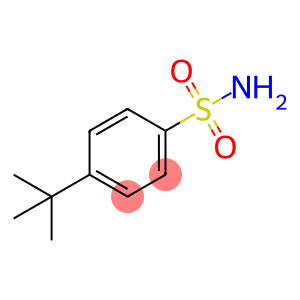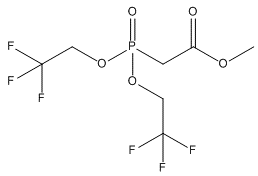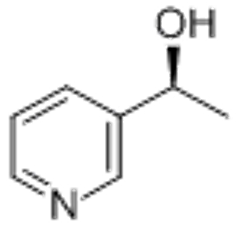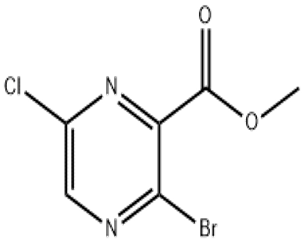4-tert-Butylbenzenesulfonamide(CAS#6292-59-7)
| Hazard Symbols | Xi – Irritant |
| Risk Codes | 20/21/22 – Harmful by inhalation, in contact with skin and if swallowed. |
| Safety Description | S22 – Do not breathe dust. S36/37/39 – Wear suitable protective clothing, gloves and eye/face protection. |
| HS Code | 29350090 |
| Hazard Note | Irritant |
Introduction
4-tert-butylbenzenesulfonamide is an organic chemical with the following properties:
Physical Properties: 4-tert-butylbenzenesulfonamide is a colorless to light yellow solid with a special benzenesulfonamide odor.
Chemical properties: 4-tert-butylbenzene sulfonamide is a sulfonamide compound, which can be oxidized into the corresponding sulfonic acid in the presence of oxidants or strong acids. It is soluble in some polar organic solvents such as ethanol and dimethylformamide.
Preparation method: There are many preparation methods for 4-tert-butylbenzene sulfonamide, and one of the commonly used methods is obtained by condensation reaction of nitrobenzonitrile and tert-butylamine in the presence of sodium hydroxide. The specific preparation process also needs to refer to professional synthesis manuals or literature.
Safety information: 4-tert-butylbenzenesulfonamide is generally relatively safe under normal use conditions, but there are still some safety precautions to be taken into account. It can have an irritating effect on the skin, eyes, and respiratory tract, and appropriate protective measures such as gloves, goggles, and protective masks should be worn when using it. Avoid inhaling dust or contact with skin, eyes, and clothing. Attention should be paid to ventilation during operation to avoid excessive dust and steam. When disposing of waste, it should be disposed of in accordance with relevant regulations to ensure the safety of the environment and human body. If necessary, you should carefully read the product’s safety data sheet or consult a relevant professional.








